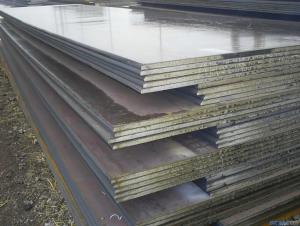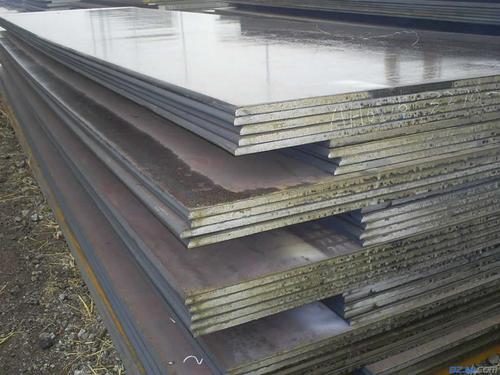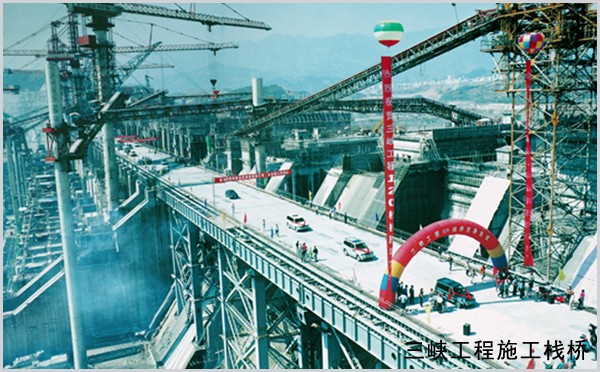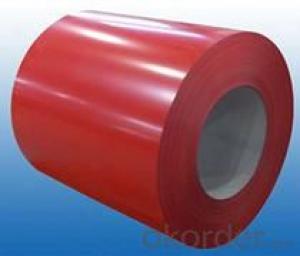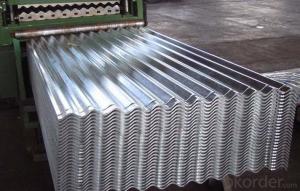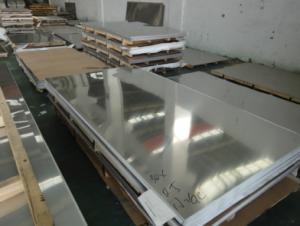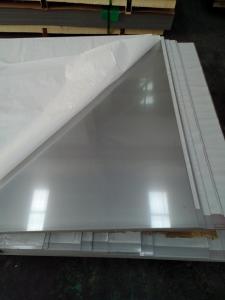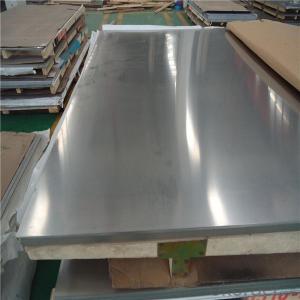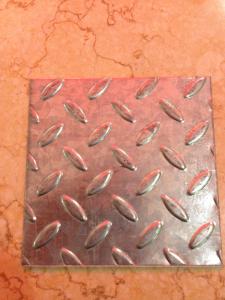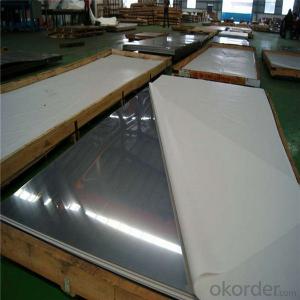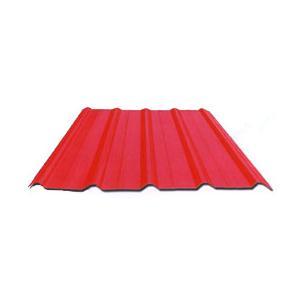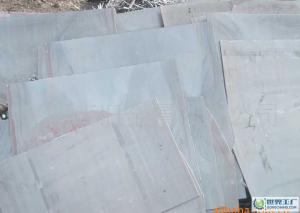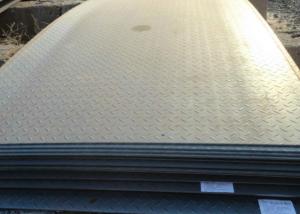The production of hydrogen 15CrMoR steel
- Loading Port:
- China Main Port
- Payment Terms:
- TT OR LC
- Min Order Qty:
- -
- Supply Capability:
- -
OKorder Service Pledge
OKorder Financial Service
You Might Also Like
Hydrogen 15CrMoR (H) containing WYJ testing, heat treatment, is more than or equal to -10 DEG C impact work, all the fixed ruler, all properties, electro slag, big ingot
Hydrogen 15CrMoR, 15CrMoR (H) technical conditions of steel plate production
1 the use of range from Wuyang steel quality management department
The technical conditions applicable to the medium temperature pressure vesselpressure components with less than 150mm thickness of the steel plate.
2 normative references GB713-2008
In 3 dimensions, shape, weight and permissible deviations
3.1 steel plate size, shape and tolerances shall comply with the provisions of GB/T709. 3.2 thickness deviation according to B class or the C GB/T709 class in the contract execution, Naka A.
3.3 plate theoretical weight delivery, theoretical weight the maximum thickness ofsteel plate thickness is permitted and the minimum thickness of the arithmetic mean value. The density of steel 7.85g/ cm 3
The chemical composition of steel requirements, shall be in accordance with the provisions of table 1. Table 1 chemical composition of Wt% components
C Si Mn P Analysis of the S Max Cr Mo melting
0.12~ ~ ~ ~ ~ ~ 0.18 0.15 0.40 0.40 0.70 0.010 0.010
Analysis of 0.8 ~ 1.2 0.45 ~ 0.60 of the finished product
0.10~ ~ 0.20 0.13 ~ ~ 0.43 0.37 ~ ~ 0.73 0.012 0.010 0.75 ~ ~ 1.25 0.43 ~ ~ 0.62
Analysis of Ni Cu Sb* Sn* component of As* Max [H]* melting
Analysis of 0.20 and 0.20 is less than or equal to 0.003 is less than or equal to 0.015 and 0.016 2ppm products
0.20 0.20 0.003 0.015 0.016
Less than or equal to 2ppm
Note: (1) melting analysis should be per furnace (tank), sampling, analysis of products (including the X coefficient) according to Zhang sample delivery. (2) with "*" the element record analysis results. [H] under the premise of ensuring meltinganalysis, but not for the product analysis. Methods: 4.2 smelting by electric furnace+ refining outside the furnace, and through smelting process vacuum degassing.The plates shall be fine grain steel. 4.3 delivery state: steel plate to normalizing + tempering (allows accelerated cooling) delivery. 4.4 mechanical properties, shallcomply with the provisions of table 2. Table 2 project numerical unit room temperature tensile Rm
Thickness is less than or equal to 100mm 450~~590 MPa
>100~150mm 440~~580 room temperature tensile Rp0.2 less than 100mm thickness greater than 295 MPa
>100~150mm
255
Methods: using electric furnace smelting furnace refining, and through + vacuum degassing of the smelting process. The plates shall be fine grain steel. 4.3 delivery state: steel plate to normalizing + tempering (allows accelerated cooling) delivery.
- Q: Can steel sheets be used in acidic environments?
- Yes, steel sheets can be used in acidic environments but it is important to choose the appropriate type of steel and take certain precautions. Stainless steel, particularly grades with high levels of chromium and nickel, is highly resistant to corrosion and can withstand acidic environments. These types of steel sheets form a passive protective layer on their surface when exposed to oxygen, which prevents further corrosion. However, not all types of steel are suitable for acidic environments. Carbon steel, for example, is prone to corrosion in acidic conditions and would not be recommended for such applications. Additionally, the concentration and temperature of the acid can also affect the performance of steel sheets. To ensure the best performance in acidic environments, it is advisable to consult with steel suppliers or corrosion engineers who can recommend the most appropriate type of steel for specific conditions. It is also important to regularly monitor and maintain the steel sheets to prevent any potential damage or corrosion.
- Q: Are the steel sheets recyclable?
- Yes, steel sheets are recyclable.
- Q: Can steel sheets be used for clamps or fasteners?
- Steel sheets alone cannot function as clamps or fasteners; nonetheless, they possess the potential to be transformed into such components. By cutting, shaping, and manipulating steel sheets, one can manufacture a range of clamps and fasteners, including brackets, plates, or strips. These manufactured components offer strength, durability, and secure attachment, making them suitable for various applications. Hence, while steel sheets in their original form cannot serve as clamps or fasteners, they can be utilized to create the necessary components for these purposes.
- Q: What is the average weight of steel sheets per square foot?
- The average weight of steel sheets per square foot can vary depending on the thickness and type of steel being used. However, as a general guideline, the weight of mild steel sheets can range from 40 to 100 pounds per square foot. Thicker and heavier steel sheets, such as those used in construction or industrial applications, can weigh up to 200 pounds or more per square foot. It is important to note that these weights are approximate and may vary depending on the specific specifications of the steel sheet.
- Q: What are the different bending radius options for steel sheets?
- The bending radius options for steel sheets can vary depending on the thickness and type of steel being used. Generally, the bending radius for steel sheets ranges from 0.5 to 2 times the thickness of the sheet. For thinner sheets, such as those with a thickness of 0.5mm to 2mm, a bending radius of 0.5 to 1 times the sheet thickness is typically recommended. This allows for a tighter bend without risking cracking or deformation of the steel. For thicker sheets, such as those with a thickness of 2mm to 6mm, a bending radius of 1 to 1.5 times the sheet thickness is commonly used. This ensures that the steel retains its structural integrity and prevents any excessive stress or strain during the bending process. For even thicker sheets, typically above 6mm, a bending radius of 1.5 to 2 times the sheet thickness is often required. This larger bending radius helps to avoid any potential damage or distortion to the steel, ensuring a successful bending operation. It is important to note that these bending radius options are general guidelines and may vary depending on the specific steel grade, composition, and intended application. It is always recommended to consult the manufacturer's recommendations or seek expert advice when determining the appropriate bending radius for steel sheets.
- Q: How do steel sheets compare to other materials like aluminum or copper?
- Steel sheets have several advantages over other materials like aluminum or copper. Firstly, steel is much stronger and more durable than both aluminum and copper. This makes steel sheets ideal for applications that require high strength and resistance to wear and tear, such as construction, automotive manufacturing, and industrial machinery. Secondly, steel sheets have a higher melting point than both aluminum and copper. This means that steel can withstand higher temperatures without deforming or melting, making it suitable for applications that involve exposure to high heat or fire. Additionally, steel sheets are more cost-effective than both aluminum and copper. Steel is widely available and relatively inexpensive compared to these other materials. This makes steel sheets a more economical choice for large-scale applications that require a significant amount of material. Furthermore, steel sheets have excellent corrosion resistance properties when properly coated or treated. Aluminum and copper, on the other hand, are more prone to corrosion and require additional protective measures. This makes steel sheets a better choice for outdoor or marine applications where exposure to moisture and harsh environments is a concern. Lastly, steel sheets are highly recyclable, making them a more sustainable choice compared to aluminum and copper. Steel is one of the most recycled materials in the world, with a recycling rate of nearly 90%. This reduces the environmental impact and conserves natural resources. In summary, steel sheets offer superior strength, durability, heat resistance, cost-effectiveness, corrosion resistance, and recyclability compared to materials like aluminum or copper. These qualities make steel sheets a versatile and reliable choice for a wide range of applications across various industries.
- Q: What are the different profile options available for steel sheets?
- There are several different profile options available for steel sheets, each serving different purposes and offering unique benefits. Some of the most common profile options include: 1. Plain Sheet: This is the simplest and most basic profile option, with a flat surface and no additional features. It is commonly used for general purposes where aesthetics are not a priority. 2. Corrugated Sheet: Corrugated steel sheets have a series of parallel ridges and grooves, creating a wavy pattern. This profile provides extra strength and rigidity, making it ideal for roofing, cladding, and fencing applications. The ridges also enhance water shedding, preventing water accumulation on the surface. 3. Ribbed Sheet: Ribbed steel sheets have a series of raised parallel ridges or ribs running along the length of the sheet. This profile offers improved strength and load-bearing capacity, making it suitable for applications that require structural integrity, such as mezzanine floors, decking, and industrial flooring. 4. Perforated Sheet: Perforated steel sheets have a pattern of holes punched into them, allowing for ventilation, light transmission, and drainage. This profile is commonly used in architectural designs, façades, acoustics, and filtration systems. 5. Tread Plate: Tread plates have a raised pattern of lines or diamonds embossed on the surface. This profile provides extra grip and slip resistance, making it ideal for industrial flooring, stairs, ramps, and walkways. 6. Expanded Metal: Expanded metal sheets are created by cutting and stretching a flat sheet, resulting in a pattern of diamond-shaped openings. This profile offers excellent ventilation, visibility, and security, making it suitable for applications such as grilles, screens, fences, and enclosures. 7. Lipped Sheet: Lipped steel sheets have an edge or lip bent at a 90-degree angle along one or more sides. This profile provides added strength and stiffness, making it commonly used for framing, shelving, and edge protection. These are just a few examples of the different profile options available for steel sheets. The choice of profile depends on the specific requirements of the application, such as strength, durability, aesthetics, and functionality.
- Q: What is the difference between a perforated and non-perforated steel sheet?
- The designs and functionalities of perforated and non-perforated steel sheets distinguish them from each other. Perforated steel sheets are characterized by evenly distributed small holes or perforations on their surfaces, which can vary in shape and size depending on specific application requirements. The main purpose of a perforated steel sheet is to enable the flow of air, light, sound, and liquids through the sheet while maintaining its structural integrity. This makes it highly suitable for applications where ventilation, filtration, or visibility is crucial. Industries such as architecture, automotive, manufacturing, and construction commonly utilize perforated steel sheets for purposes like acoustic panels, protective barriers, decorative elements, and filter screens. On the contrary, non-perforated steel sheets lack any holes or perforations on their surfaces. They are solid sheets of steel primarily used for applications where strength, durability, and resistance to impact or abrasion are significant factors. Structural engineering, machinery, shipbuilding, and heavy-duty equipment manufacturing often rely on non-perforated steel sheets as they provide a sturdy and dependable surface for load-bearing and other demanding applications. To summarize, the distinction between perforated and non-perforated steel sheets lies in their design and functionality. Perforated steel sheets possess small holes throughout their surfaces, allowing the passage of air, light, sound, and liquids. Non-perforated steel sheets, on the other hand, are solid sheets without any holes, providing strength and durability for heavy-duty applications.
- Q: What are the different thicknesses available for steel sheets?
- The different thicknesses available for steel sheets vary depending on the specific application and industry requirements. However, common thicknesses for steel sheets range from 0.5mm to 25mm or even higher.
- Q: What is the process of powder coating steel sheets?
- The process of powder coating steel sheets involves several steps. First, the steel sheets are thoroughly cleaned to remove any dirt, grease, or rust. Then, a fine powder coating material is electrostatically charged and sprayed onto the surface of the steel sheets. The charged particles adhere to the metal surface, creating a uniform coating. The coated sheets are then heated in an oven, allowing the powder to melt and cure, forming a durable and protective finish. Once cooled, the steel sheets are ready for further processing or use.
Send your message to us
The production of hydrogen 15CrMoR steel
- Loading Port:
- China Main Port
- Payment Terms:
- TT OR LC
- Min Order Qty:
- -
- Supply Capability:
- -
OKorder Service Pledge
OKorder Financial Service
Similar products
Hot products
Hot Searches
Related keywords
